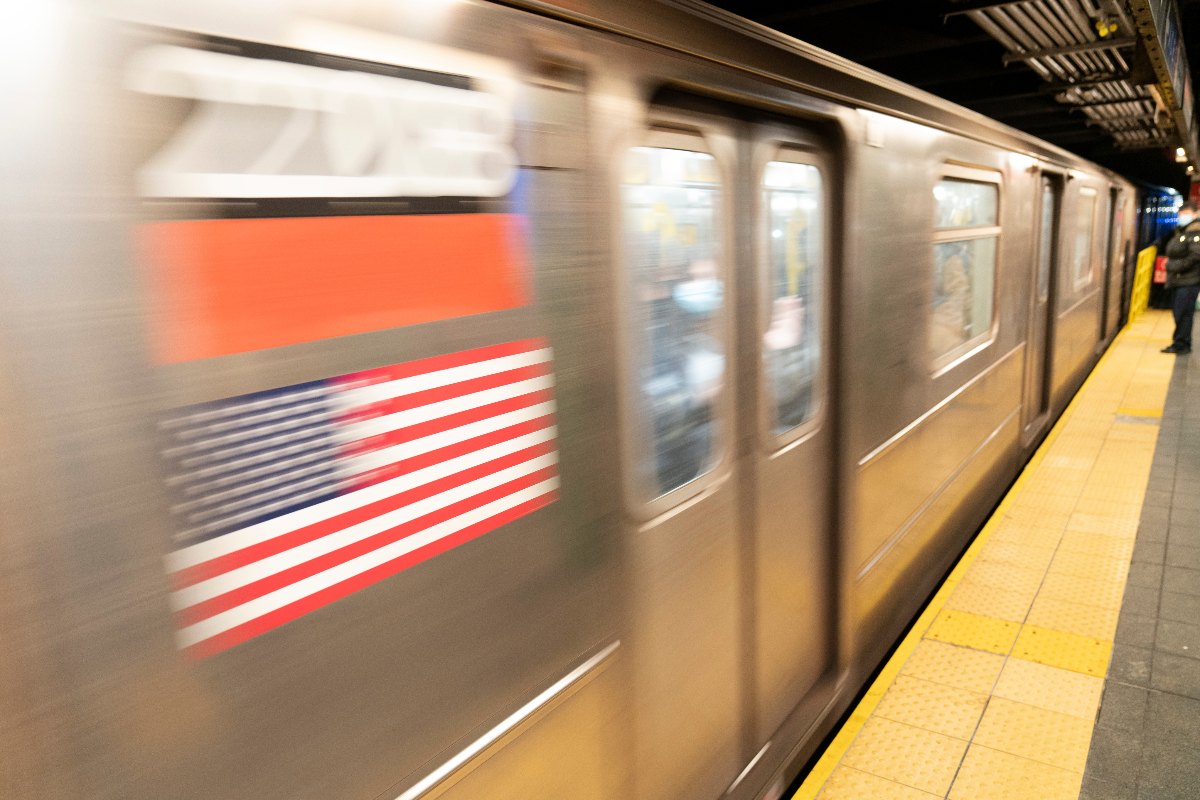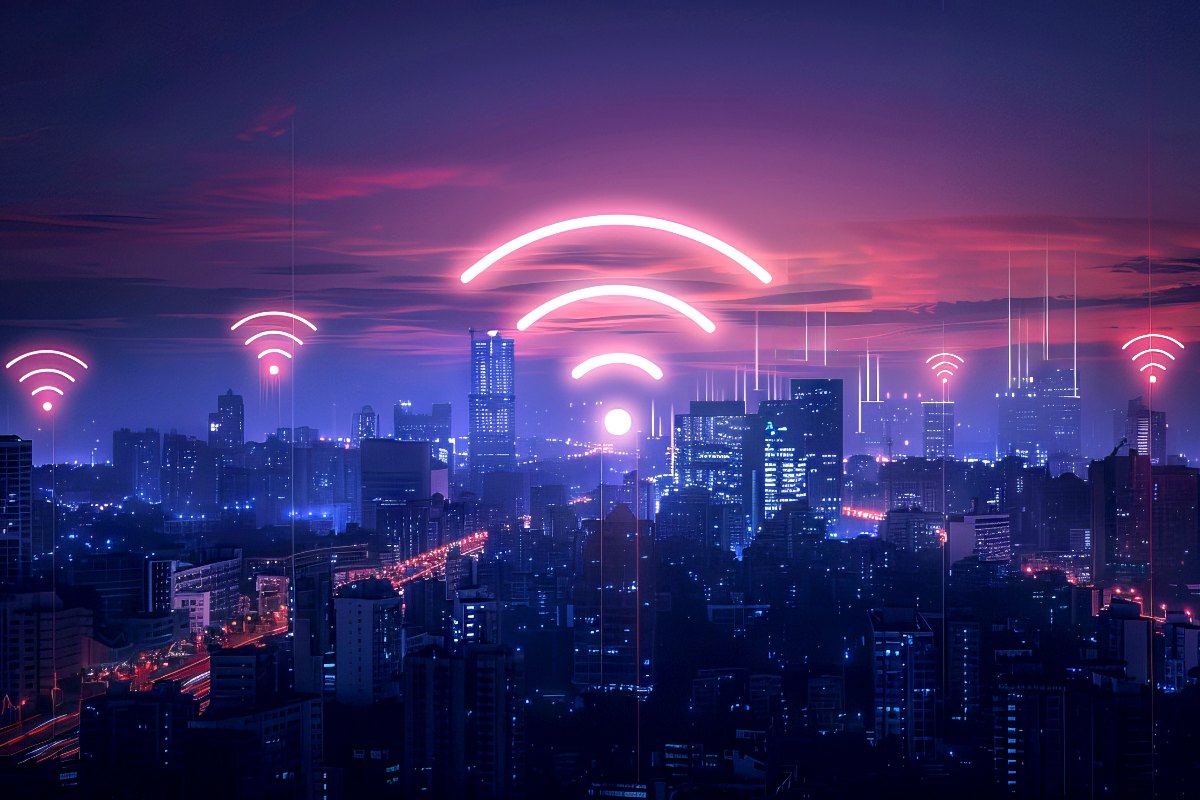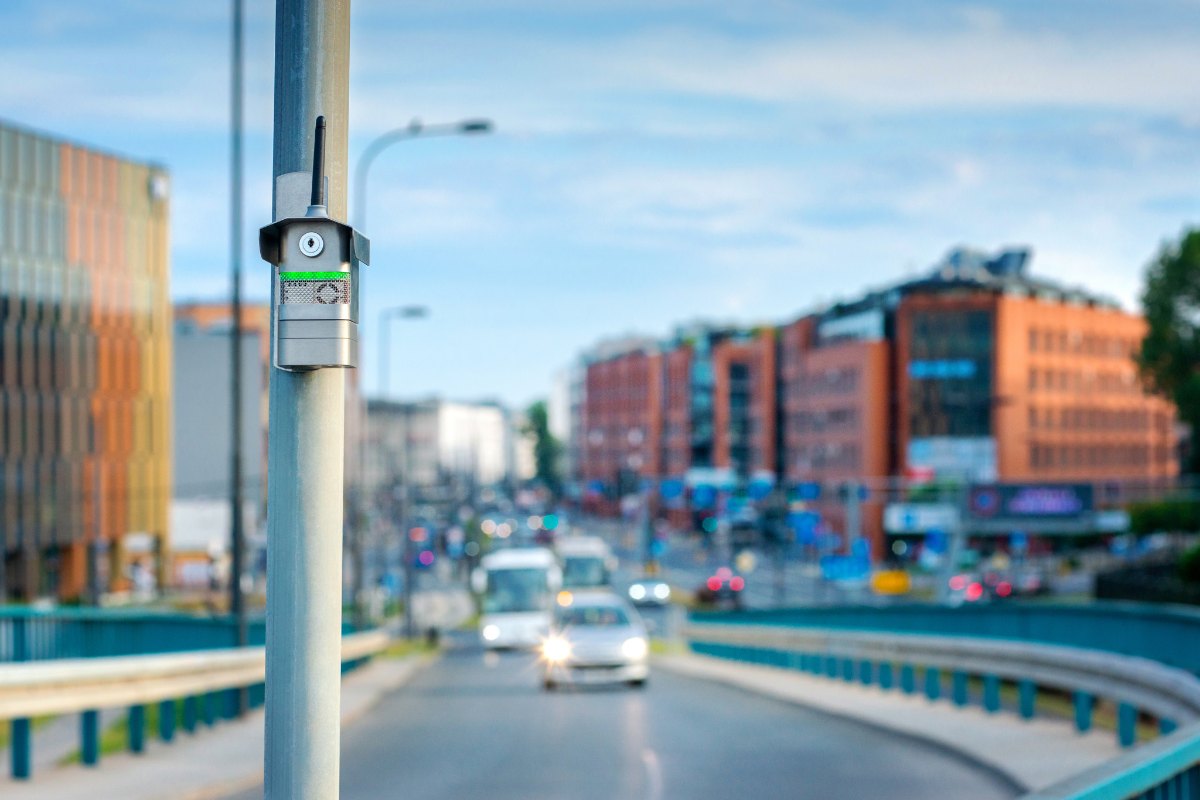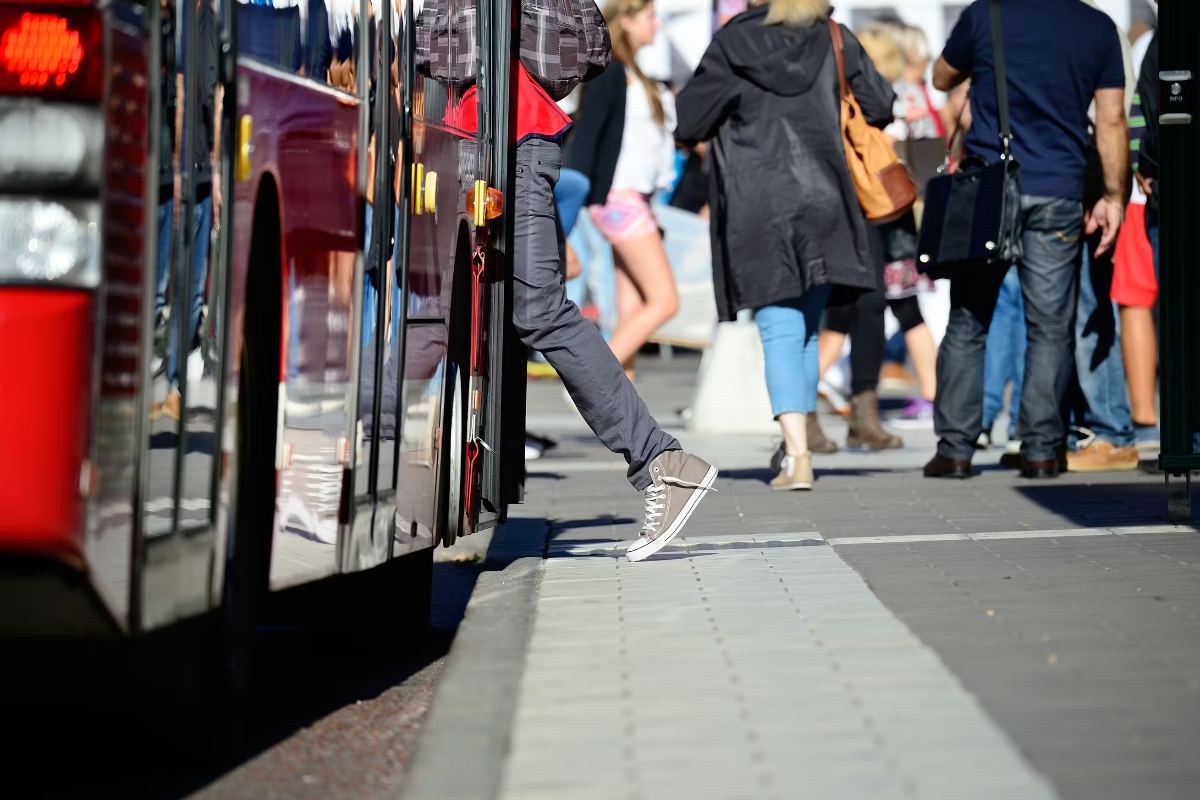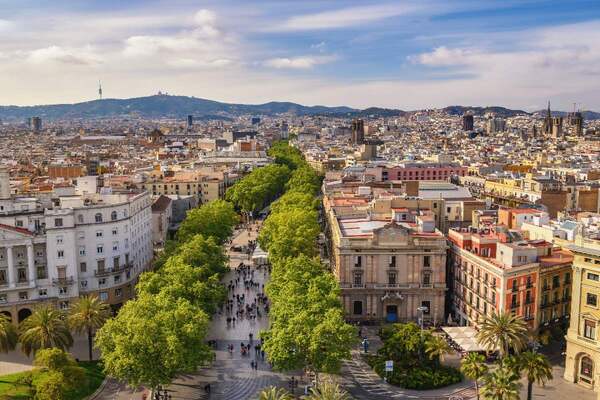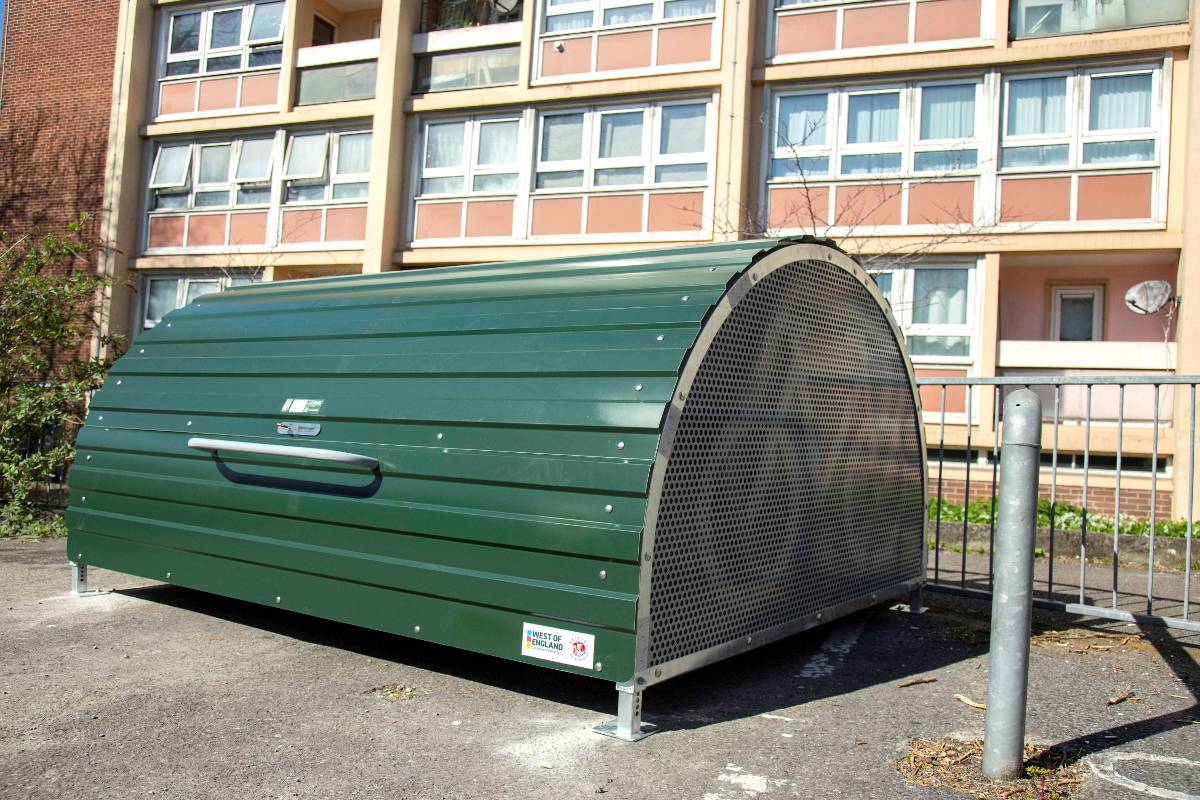Special Reports
SusHi Tech Tokyo 2024: experience ‘Tokyo 2050’ todaySponsored by The SusHi Tech Tokyo 2024 Showcase Program Executive Committee
Invisible LEDs light up Beijing landmark
Video content can be streamed across the building’s entire façade via the control of thousands of LED lights
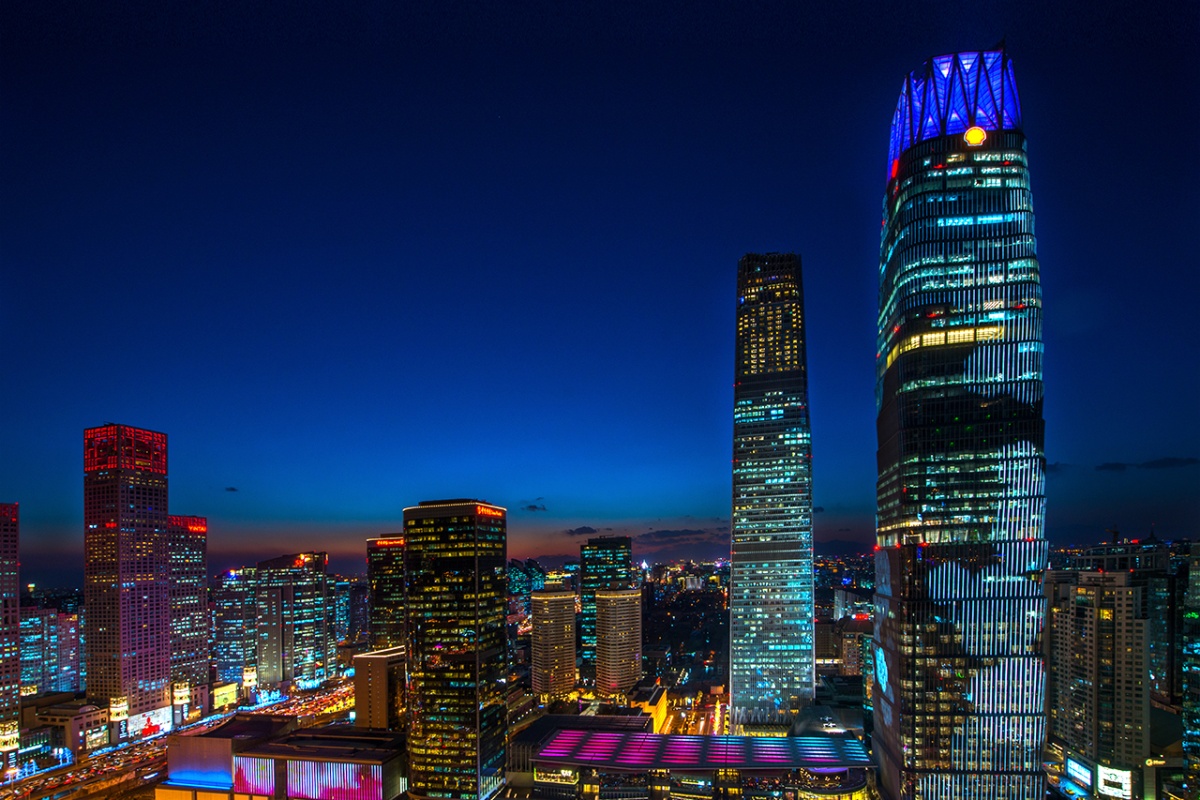
Signify, formerly Philips Lighting, has installed architectural lighting into the façade of one of Beijing’s tallest buildings, illustrating the growing trend in China to make cities more attractive and liveable using the latest in connected lighting.
China World Trade Centre’s (CWTC) Tower B is a new hub for commerce and tourism in Beijing’s central business district. The 300m tall building is the latest addition to the CWTC, a growing mixed-use campus and home to some of China’s leading companies.
The form of the building was inspired by geometry found in nature and by traditional feng shui. The exterior is clad in a sleek curtain wall of glass with self-shading vertical fins and a canted façade which reflects Beijing’s vibrant skyline. The tower’s design also addresses climate concerns. To reduce energy use, the exterior glass curtain wall is tilted to decrease glare and solar heat in the warm summer months.
Invisible lights
The top of the building is illuminated by 88 sets of Philips Colour Kinetics ColourReach LED floodlights. To accentuate the architecture of the tower walls, Signify provided a total of 400,000 white LED light points. The Philips Colour Kinetics eW Flex Micro string lights are embedded into cavities on the curtain wall, rendering them “invisible.”
From the outset, Signify’s professional lighting services team worked closely with the architect and reserved the cavity structures for the lighting. The installation nodes are exceptionally well designed, and the illumination angles and installation positions fit perfectly the structure of the curtain wall, preventing light from shining inside the offices at night. The Beijing Fortune Lighting System Engineering Company, which is a member of the Signify value added partner programme, worked on the installation.
Tower becomes giant video screen
The lights are digitally controlled by a Philips Colour Kinetics video system manager controller. This enables video content to be streamed and scaled across the building’s entire façade via the control of thousands of LED lights. These LED motion graphics convert the tower into a giant canvas or video screen.
The lighting designer for the Beijing CWTC Tower B project is the renowned Kaoru Mende, from Lighting Planners Associates, who brought his experience of more than 700 projects worldwide. His use of light highlights the building’s unique texture and bamboo-like layering. The innovative design won the 2018 China Lighting Award for Outdoor/Singular Engineering Design.
Signify became the new company name of Philips Lighting in May 2018. The legal name of Signify will be adopted in China at the beginning of 2019.
You might also like:
Dutch town installs bat-friendly lighting
Rare bats in Zuidhoek-Nieuwkoop in the Netherlands can go about their nocturnal business thanks to connected LED lighting from Signify
PoE connected lighting first for the Nordics
Philips Lighting, TDC Erhverv and Cisco have collaborated on a new smart office in Copenhagen which represents a landmark in the city’s Lighting Metropolis initiative
Sky-high success for Seoul
Lotte World Tower in the South Korean capital has won recognition for its double-deck elevator that travels further and faster than any other lift in the world
Read more











